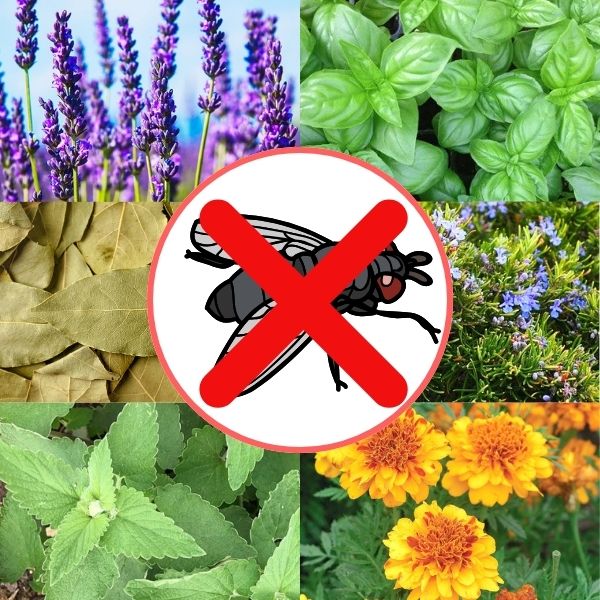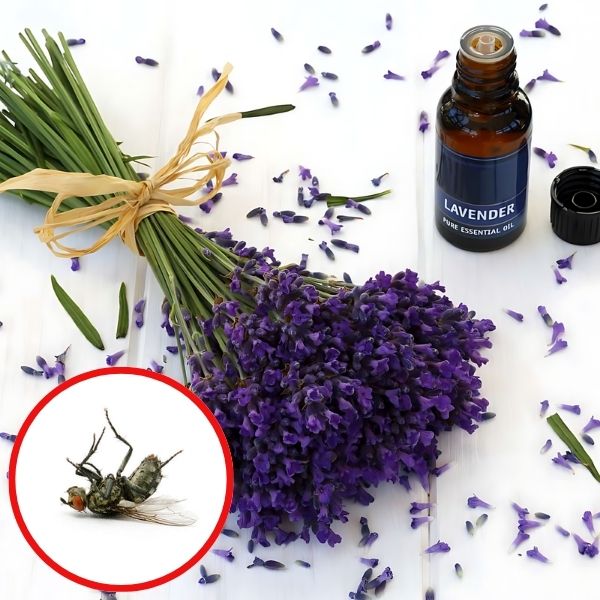Say Goodbye to Indoor Flies: Safe, Natural Ways to Eliminate and Prevent Them
There’s nothing more frustrating than trying to relax at home only to be disturbed by the constant buzzing of flies. These tiny intruders can quickly turn a peaceful space into an annoying, unhygienic mess. But did you know that flies are more than just a nuisance? They can actually carry and spread diseases that threaten your health.
From house flies to fruit flies, drain flies, and cluster flies, these pests are not just annoying—they’re dangerous. According to the National Library of Medicine, house flies alone can carry and transmit more than 100 harmful pathogens, including bacteria that cause diarrhea, food poisoning, and eye infections.
That’s why keeping flies out of your living space should be a top priority. But instead of relying on chemical-laden sprays, there are safe, natural, and highly effective strategies to both eliminate and prevent fly infestations—without compromising your family’s health.

🪰 Where Do Flies Come From?
Flies belong to the order Diptera, which includes over 120,000 species worldwide. Among them, the common house fly is one of the most widespread. Measuring about 1/8 to 1/4 of an inch long, house flies are gray with four distinct black stripes on their thorax, sporting hairy bodies, a single pair of wings, and large red compound eyes.
According to Dr. Roberto M. Pereira from the University of Florida, flies often enter homes through tiny tears in window screens or when doors are left open. Once inside, they’re drawn to food scraps, garbage, and moisture—making kitchens, bathrooms, and trash bins their favorite haunts. And beware: these pests reproduce rapidly. A single female housefly can lay up to 150 eggs at a time, and their young can travel up to 20 miles from where they hatched.
🍌 What Attracts Flies Into Your Home?
Peter Irenicus, the founder of The Holy Habibee, identifies three primary reasons why flies are drawn indoors:
- Food Sources
Flies love decaying or uncovered food. That includes overripe fruit, open trash cans, dirty dishes, pet waste, and compost bins. - Breeding Grounds
Moist organic material is the perfect place for flies to lay eggs. Homes near farms, garbage dumps, or neglected yards may experience higher fly populations. - Entry Points
Unscreened windows, cracked door frames, and open vents act as gateways for flies looking for shelter, warmth, and food.
🌿 How to Get Rid of Flies Indoors — Naturally and Safely
Instead of reaching for chemical sprays, try these natural and family-safe remedies:
1. Apple Cider Vinegar & Dish Soap Trap
A simple yet effective fly trap. Fill a shallow bowl with apple cider vinegar and add a few drops of dish soap. The scent attracts flies, but the soap breaks the surface tension, trapping and drowning them.

2. Fly Paper and Light Traps
Sticky fly paper is easy to hang near problem areas, especially around windows and trash bins. UV light traps also work well, particularly for fruit and drain flies that are attracted to light.

3. Fly-Repelling Herbs and Flowers
Plants like basil, marigold, lavender, catnip, and bay leaves naturally deter flies. Their strong scent is unappealing to insects. Place potted herbs in your kitchen or by entry points to repel flies while adding beauty and fragrance.

4. Cayenne Pepper Spray
This spicy deterrent is easy to make. Mix cayenne pepper with hot water, let it steep, pour it into a spray bottle, and spritz around windows and doors. Just be careful—it may stain light-colored surfaces.

5. Essential Oil Spray
Scents like lavender, peppermint, lemongrass, and eucalyptus are known to repel flies. Mix a few drops of your chosen essential oil with water in a spray bottle. Mist it around the home for a refreshing scent and fly defense. You can also soak cloth strips in essential oils and hang them near fly-prone areas.

🧼 How to Prevent Flies from Entering in the First Place
Getting rid of flies is one thing—but preventing them from invading your space is even better. Here’s how:
1. Seal the Gaps
Check your window screens for tears, seal door gaps with weather stripping, and cover vents with mesh.
2. Keep Trash Under Control
Use lidded garbage bins, empty them regularly, and clean the insides to eliminate residue. Don’t forget to clean recycling bins and pet waste areas.
3. Eliminate Breeding Grounds
Remove standing water, rotting food, compost piles, and anything damp and organic around your yard and kitchen.
4. Smart Lighting Choices
Bright outdoor lights attract flies at night. Consider switching to yellow “bug lights” that are less appealing to insects.
5. Maintain Cleanliness
Wipe down kitchen counters, don’t leave food out, clean drains, and vacuum crumbs. Cleanliness is one of the most effective deterrents.
6. Fix Drainage Issues
Clean gutters regularly and ensure proper drainage. Standing water is a breeding ground for flies like drain flies and gnats.
☀️ Final Thoughts
Flies may be small, but their impact on your home’s comfort and hygiene can be big. By understanding what attracts them, blocking their entry, and using natural remedies to keep them away, you can reclaim your space—safely and effectively.
Choose solutions that protect both your family and your environment. With just a few mindful changes and natural tools, your home can once again be a peaceful, fly-free haven.





